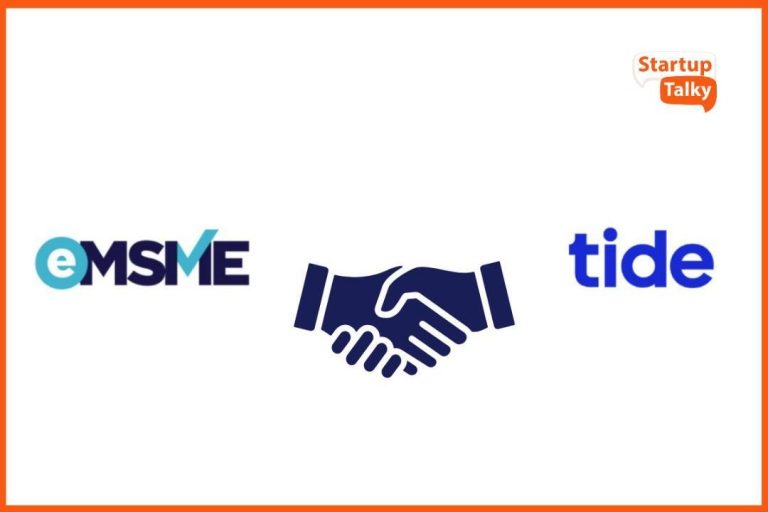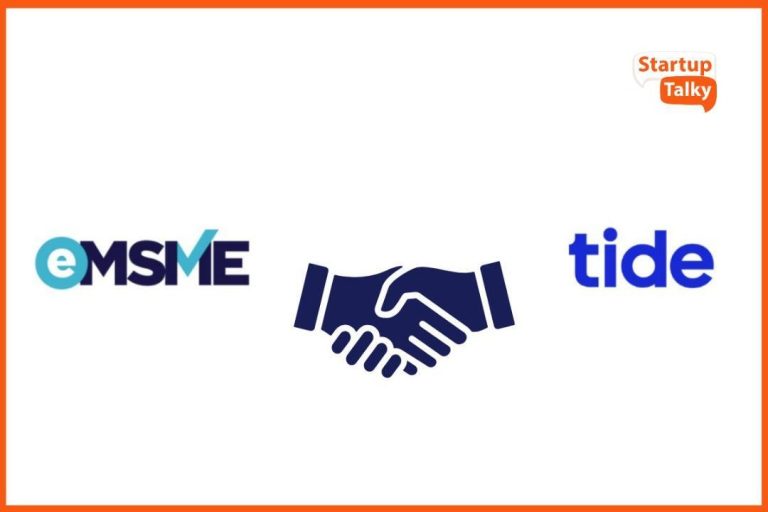
Is Your Business Model Still Stuck in the Retail Era?
The rise of Direct-to-Consumer (D2C) has been a game-changer for businesses. Gone are the days when brands relied solely on traditional distribution channels to reach their customers. Today, D2C is more than just a sales channel – it’s a business model overhaul that demands direct ownership of the customer experience, data, and delivery.
For those who have made the shift, the benefits are undeniable. Brands that have adopted D2C have reported increased agility, better margins, and stronger brand recall. But for those who are still stuck in the retail era, it’s time to take a closer look at their business model and consider the benefits of going direct.
Traditional distribution models rely on layers of intermediaries, which can limit control and visibility. This means that brands may not have the same level of insight into customer behavior, preferences, and feedback. They may also be forced to adapt to the whims of third-party retailers, who may not always have the brand’s best interests in mind.
In contrast, D2C demands a more direct and intimate relationship between the brand and the customer. By cutting out intermediaries and taking control of the customer experience, brands can gain a deeper understanding of their customers and build stronger, more meaningful relationships.
One of the key benefits of D2C is the ability to collect data and insights directly from customers. This can be a powerful tool for brands, as it allows them to tailor their marketing efforts and product development to meet the specific needs and preferences of their target audience. With D2C, brands can also respond quickly to changes in the market and make data-driven decisions to drive growth.
Another significant advantage of D2C is the ability to control delivery and logistics. By handling delivery and customer service in-house, brands can ensure a seamless and consistent experience for their customers. This can be particularly important in fast-moving markets, where speed and reliability are crucial.
But how can businesses make the transition to D2C? The first step is to assess their current business model and identify areas where they can cut out intermediaries and take control of the customer experience. This may involve building an e-commerce platform, investing in digital marketing, and developing a customer service strategy.
Another important consideration is the importance of building a strong brand identity. In a crowded and competitive market, a strong brand identity can be a powerful tool for differentiation and customer loyalty. Brands that have made the shift to D2C have reported increased brand recognition and recall, as well as a stronger sense of brand loyalty.
For businesses that are already established in traditional distribution channels, making the transition to D2C can be a significant challenge. However, the benefits are well worth the effort. By taking control of the customer experience, data, and delivery, brands can gain agility, better margins, and stronger brand recall – exactly what fast-moving markets demand.
In conclusion, going direct is not just a sales channel, it’s a business model overhaul that demands direct ownership of the customer experience, data, and delivery. Brands that make this shift can gain a competitive edge, build stronger relationships with their customers, and drive growth in fast-moving markets.
Source:
https://www.growthjockey.com/blogs/ways-to-transform-business-model-d2c-fit




